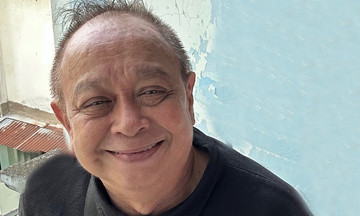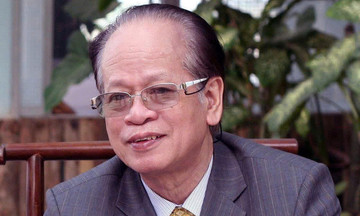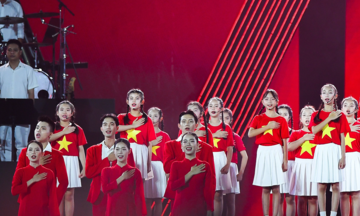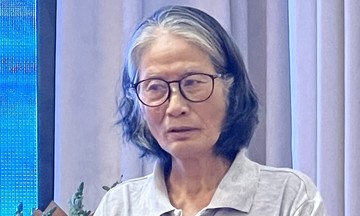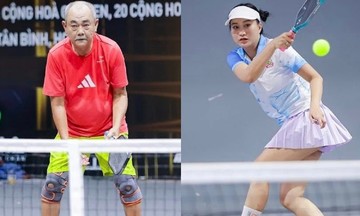The film, a box office hit, is praised for its realistic depiction of the 81-day battle to defend the citadel. One haunting scene shows soldiers lying in a surgical bunker after an enemy attack.
The camera pans across the room, revealing soldiers with severe injuries, some having lost both legs. Amputations are performed without anesthesia. Actors Hua Vi Van (as Doctor Le) and Hieu Nguyen (as the commander) said they "couldn't stop crying" after filming the scene.
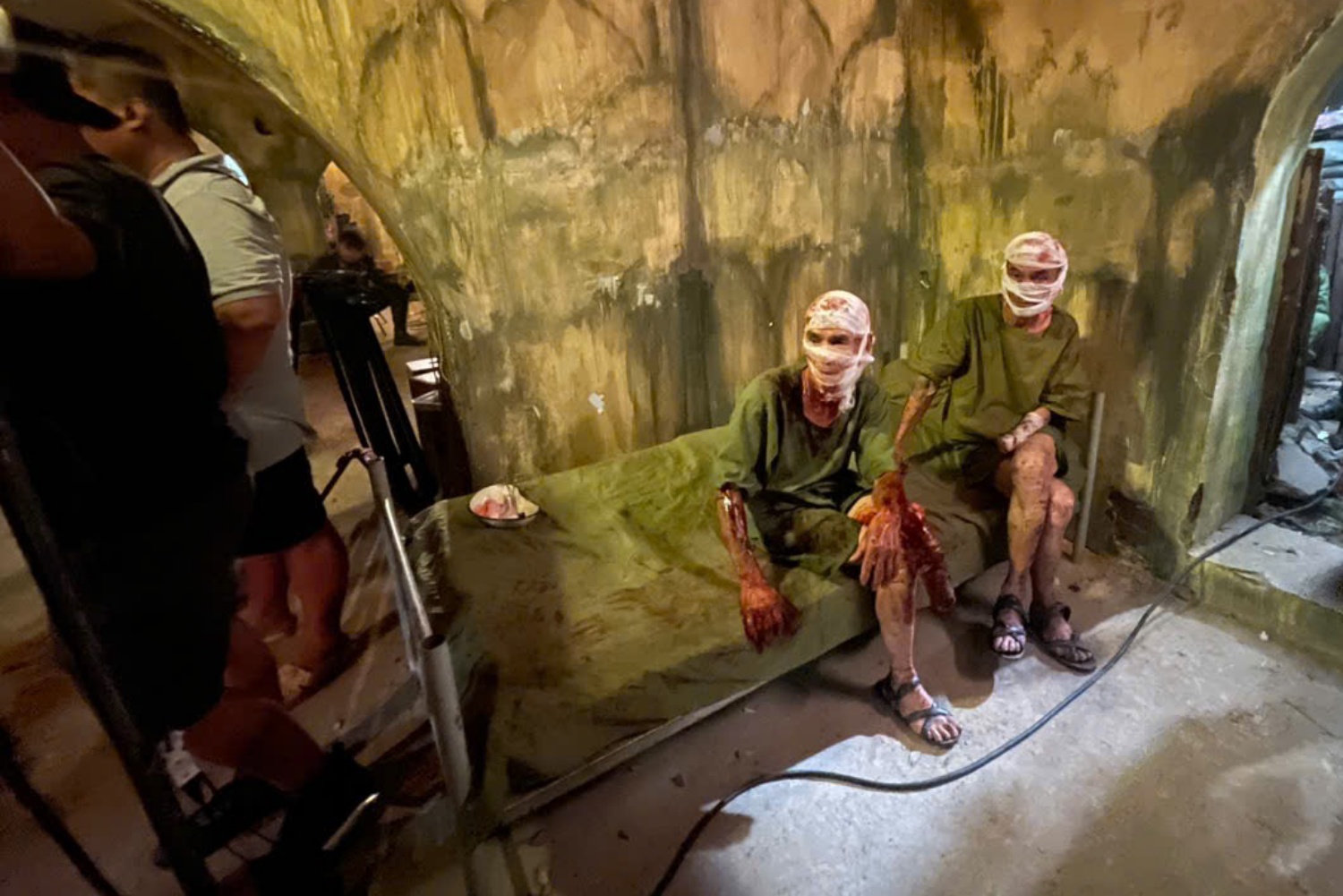 |
Veterans in makeup, waiting to film. Photo: Film crew |
Director Dang Thai Huyen said the crew used minimal makeup and special effects because the injured soldiers were played by veterans of the battle. According to a crew representative, the veterans readily agreed to participate, wanting to contribute to a film depicting their heroic past and, in a way, reunite with fallen comrades.
When the director spoke with them, the veterans jokingly asked, "Do you want missing arms, legs, or blindness? A 1/4 or 3/4 disability?" According to the representative, these "special actors" always arrived early, some using homemade tricycles.
"Filming took place in late 2024 during Quang Tri's frigid winter, but they endured the cold, lying still for makeup and wearing thin military uniforms. In that cold, their old wounds must have ached. We deeply admire their soldier's spirit and are filled with gratitude," Huyen said.
Producer Kieu Thanh Thuy admitted it was a bold move, but the crew was "determined" to involve the veterans for authenticity. "Beyond acting, this was a chance for the younger actors to meet those who lived through this history, deepening their understanding of the characters and the ideals of those who defended the citadel," she said.
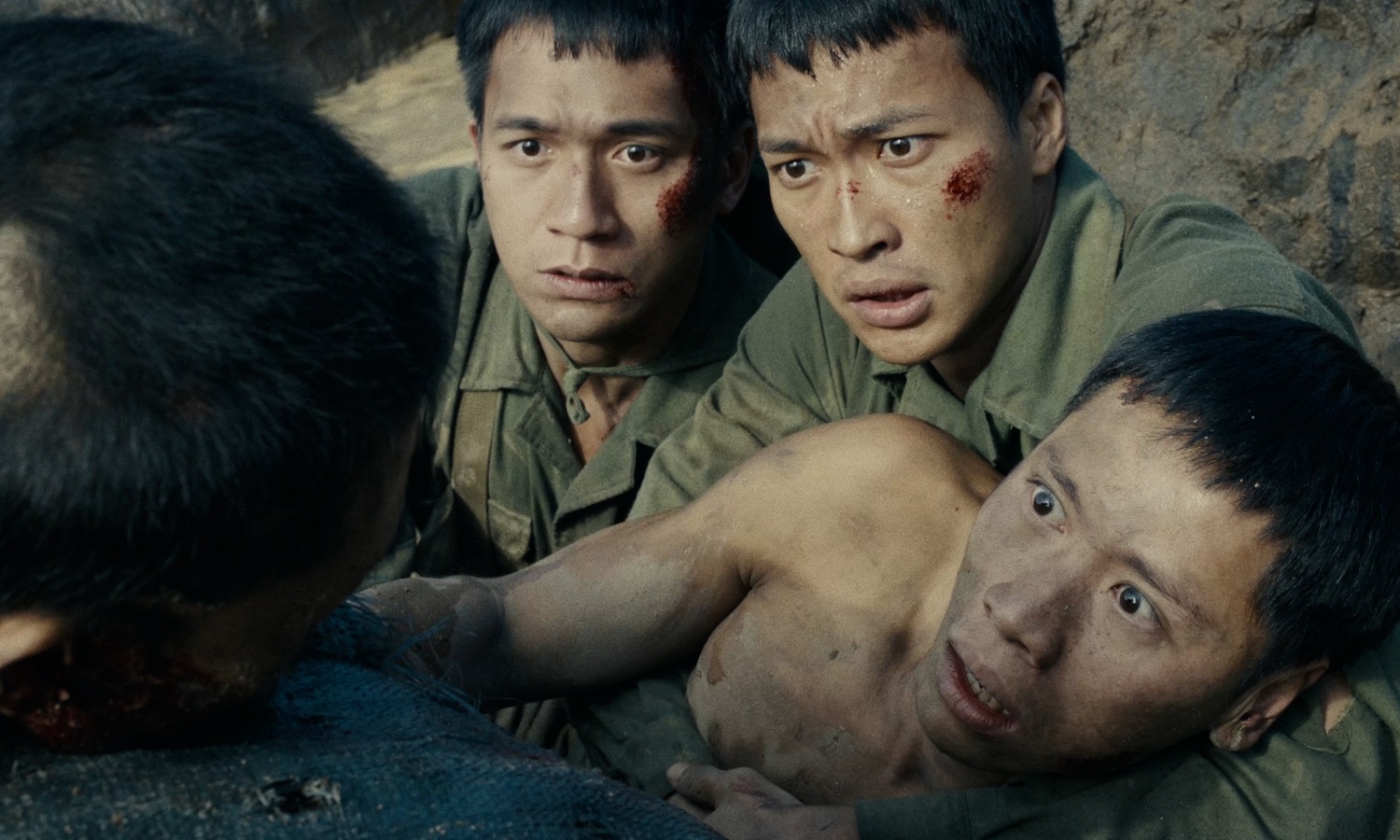 |
Soldiers from the 1st platoon grieve for their fallen comrades in "Mua do." Photo: Film crew |
Written by Chu Lai, the film is set in 1972 after the People's Army of Vietnam (PAVN) captured Quang Tri province, the dividing line between North and South Vietnam. Having lost this strategic base and facing the potential loss of Thua Thien province, the US reinforced the Army of the Republic of Vietnam (ARVN) to retake Quang Tri, especially the citadel, hoping to force a favorable peace treaty.
The film follows the 81-day battle. The main character, Cuong (Do Nhat Hoang), a cheerful and skilled martial artist from the Conservatory of Music, forgoes studying abroad to enlist. In Quang Tri, Cuong fights alongside his platoon: Ta (the leader), Binh, Tu, Hai, and Sen. From different backgrounds and with varying personalities, they share the goal of fighting for peace.
The story intensifies as the 1st platoon dwindles with each battle. The film directly portrays the graphic realities of war, showing fallen soldiers and dismembered bodies. The river crossing scene is particularly moving. The film also offers a humane perspective on the ARVN soldiers, portraying them as fathers, husbands, and sons, with families waiting for their return.
The film is notable for its meticulously detailed 50-hectare set. However, it has shortcomings, such as the underdeveloped love triangle between Cuong, Quang, and Hong and some overly propagandistic dialogue. As of 26/8, the film earned over 130 billion VND after five days in theaters, according to Box Office Vietnam.
Mai Nhat




